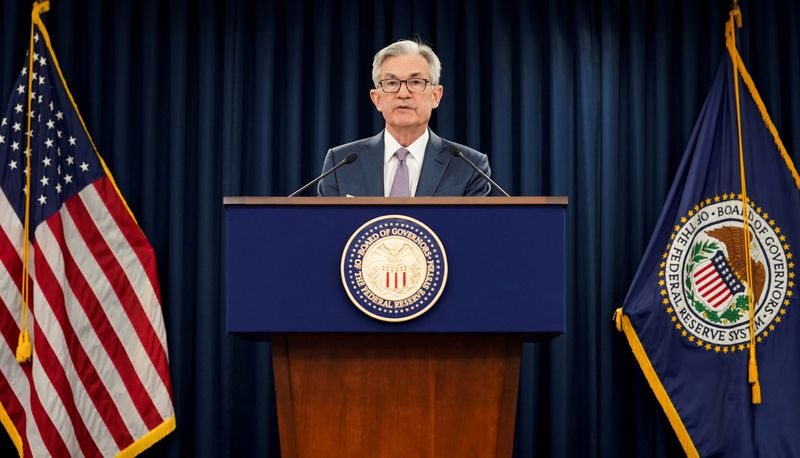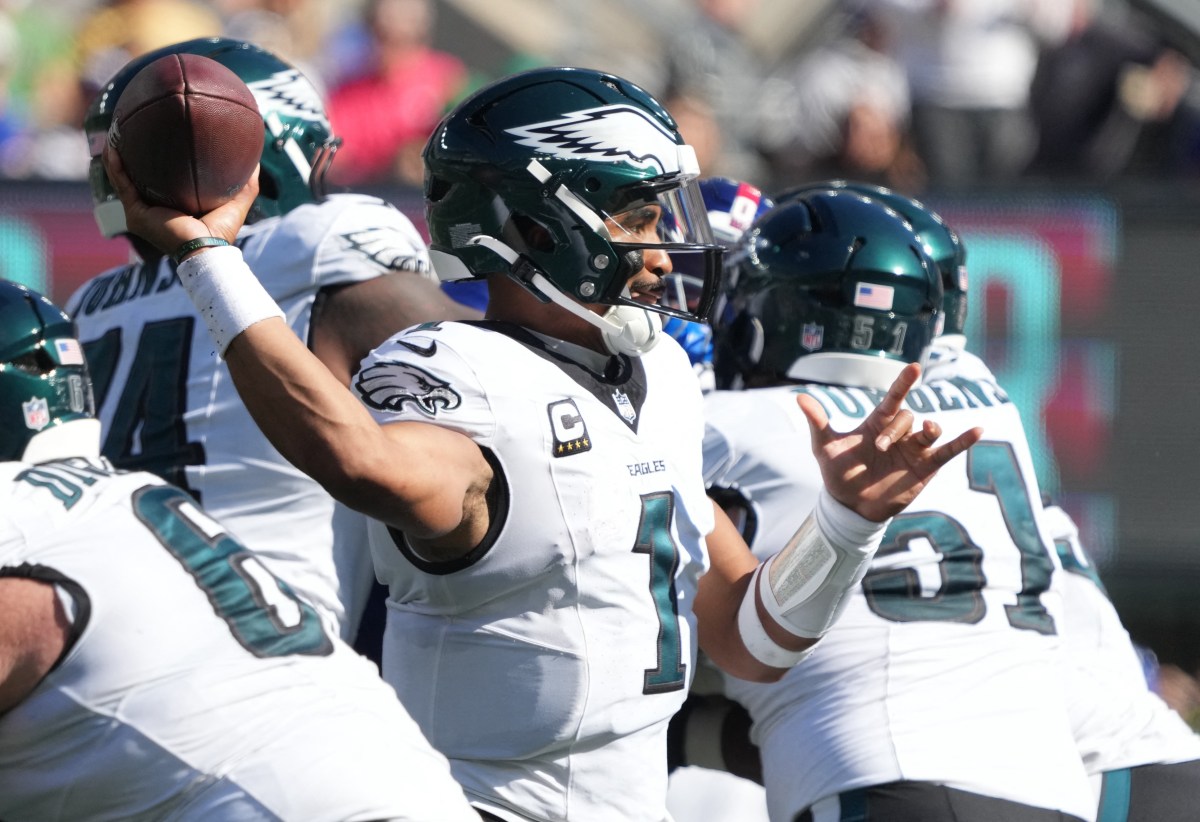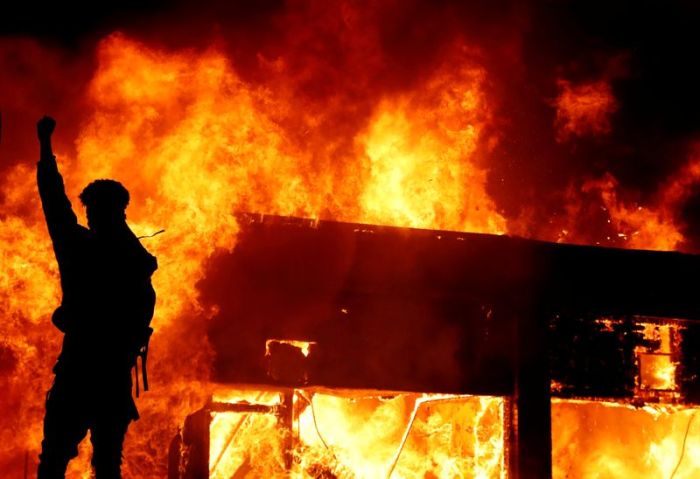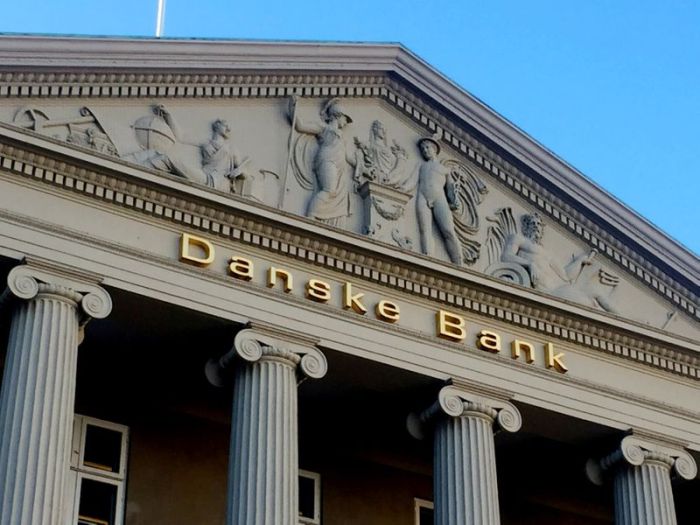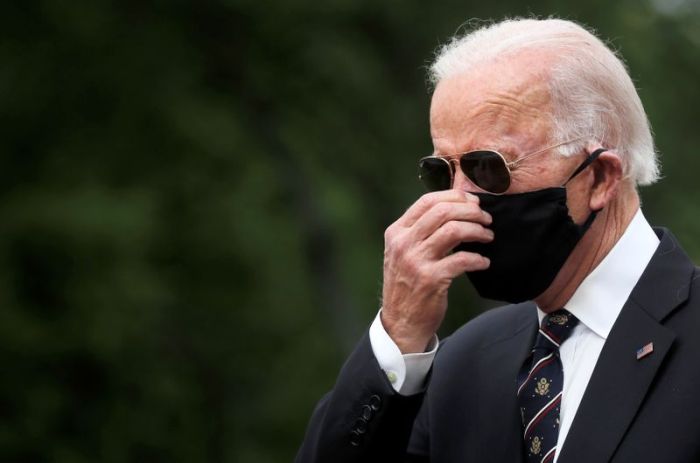WASHINGTON (Reuters) – Federal Reserve Chair Jerome Powell on Friday said a potential surge in U.S. coronavirus infections could derail the recovery from the deep downturn triggered by the pandemic, even as he reiterated the central bank’s vow to keep fighting the crisis.
The Fed has gone all out to steady financial markets since March, lowering borrowing costs and creating credit backstops for companies and local governments reeling from the economic fallout of lockdowns to stop the spread of the novel coronavirus.
More than 101,000 Americans have died from COVID-19, the respiratory illness caused by the virus, and many health officials are worried that infections could spike in the weeks and months ahead as states reopen their economies.
“I think a second wave would really undermine public confidence and might make for a significantly longer recovery and weaker recovery,” Powell said in a webcast with Alan Blinder, a Princeton University economics professor and former Fed vice chair.
Powell, a graduate of Princeton, spoke a few hours before his youngest daughter was to graduate from the Ivy League college.
“We of course would continue to react,” Powell said. “We are not close to any limits that we might have, I would say … but I would worry almost more that a second outbreak would undermine confidence.”
The remarks were a somber reminder that the trajectory of the crisis facing the Fed is a function of the public’s health, a factor over which the world’s most powerful central bank has no control.
The U.S. central bank has announced 11 programs to cushion the effects of the economic cratering, and all but two have come on line. The Fed is “days away from making our first loans” under the “Main Street Lending Program” to medium-sized companies, Powell said on Friday, and weeks from opening a lending program for states, counties and large cities.
Investors are now thirsty for clues about when the Fed may restart large-scale bond-buying and firm up promises about how long the purchases might continue. Powell’s remarks, his last public ones before the Fed’s June 9-10 policy meeting, did little to slake that thirst.
Asked about limits to the Fed’s crisis toolkit, for instance, Powell said there were few, noting that in fighting “an emergency of a nature we haven’t really seen before … we crossed a lot of red lines that had not been crossed before, and I am very comfortable that this is that situation where you do that.”
The Fed’s lending programs are backstopped by the U.S. Treasury under rules reserved for emergencies. And in an effort to stabilize financial markets, the Fed has ballooned its balance sheet, which it had been trimming before the coronavirus pandemic, to a record-setting level of more than $7 trillion. It may need to do more before the crisis is over, to keep borrowing rates low even as the economic recovery takes hold.
STAYING THE COURSE
Powell has repeatedly promised to keep monetary policy loose until the recovery is well on its way and the U.S. unemployment rate – widely expected to surpass 20% in the second quarter – has returned to healthy levels.
Global investors have been doing the Fed’s work so far, bidding down U.S. Treasury yields to record-low levels – the yield on the benchmark 10-year note has been below 1.0% since late March.
But between a possible economic rebound and the trillions in extra debt the Treasury is in the midst of issuing to help pay for the economic rescue, pressure may build in the other direction, and market analysts are pushing for guidance.
Powell offered none on Friday, though he suggested the Fed would stay the course for now.
“Of course our balance sheet can’t go to infinity,” he said. “I would say that I am comfortable with where we are now and the path we are on, and don’t see risks based on what we’re doing right now to inflation or to financial stability.”
(Writing by Ann Saphir; Editing by Dan Burns, Chizu Nomiyama and Paul Simao)

